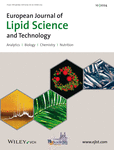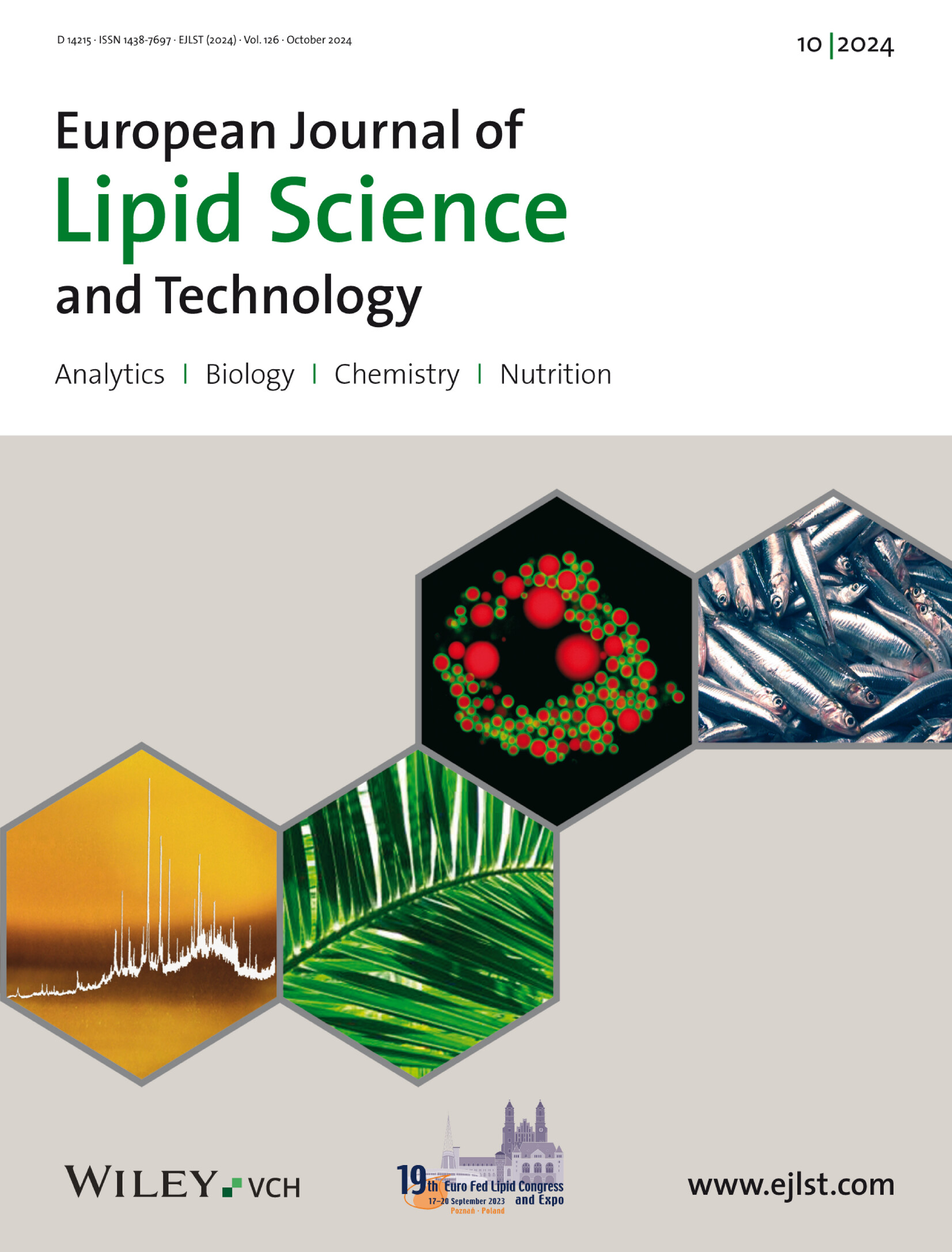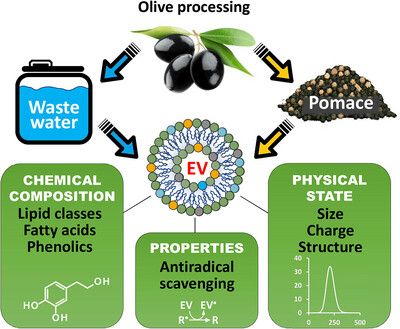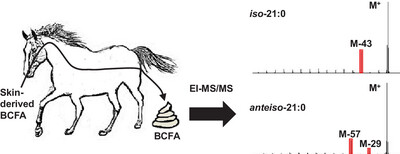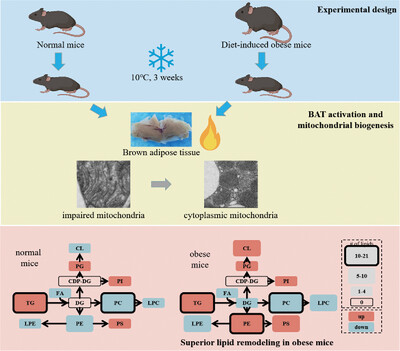Journal list menu
Export Citations
Download PDFs
Cover Picture
Cover Picture: Eur. J. Lipid Sci. Technol. 10/2024
- First Published: 01 October 2024
Editorial Board
Editorial Board: Eur. J. Lipid Sci. Technol. 10/2024
- First Published: 01 October 2024
Contents
RESEARCH ARTICLE
Nano-encapsulated flaxseed oil has the potential to enhance omega-3 fatty acid profile and modulate hepatic fatty acid–related gene expression in broiler chickens
- First Published: 02 August 2024
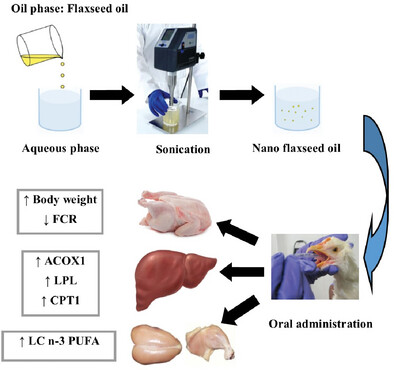
Nanoflaxseed oil was papered and orally administered to broilers at rearing period. A significant change in growth performance (higher body weight and lower feed conversion ratio), hepatic gene expression (higher transcript level of lipoprotein lipase: acyl-CoA oxidase 1 and carnitine palmitoyltransferase 1), and fatty acid content of thigh and breast muscles (higher long-chain n − 3 polyunsaturated fatty acids) was noted in the current experiment.
Composition, thermal, and microstructural characteristics of mutton tallows in comparison with beef tallows
- First Published: 24 August 2024
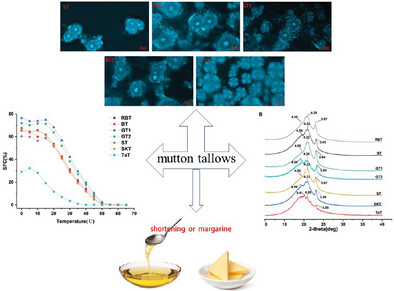
Graphical Abstract: The potential application of mutton tallows in foods was investigated mainly in terms of solid fat content (SFC), polymorphism, and crystal form, with the expectation of developing other animal-based shortenings besides lard and tallow to meet the different dietary needs of consumers. The results showed that sheep tail tallow (STT) met the SFC range of general-purpose shortenings at different temperatures and exhibited β′ crystalline form, with the crystal morphology presenting a fine snowflake-like shape with a more compact network structure. Therefore, STT was suitable for the production of mutton tallow-based shortening.
Extracellular vesicles from olive wastewater and pomace by-products: Isolation, characterization of their lipid and phenolic profiles, and evaluation of their radical scavenging activity
- First Published: 22 August 2024
Skin derived branched-chain fatty acids in fetal horse gut
- First Published: 27 August 2024
Nanoencapsulation of wheat germ oil with chitosan-nettle seed gum-ovalbumin: Preparation, optimization, and characterization
- First Published: 03 September 2024
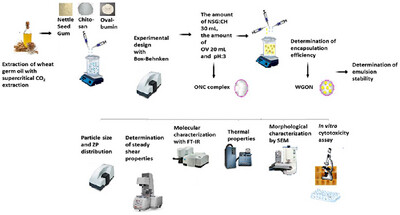
In this study, the optimization of the wall material composed of nettle seed gum, ovalbumin, and chitosan was carried out by applying Box-Behnken design-based Response Surface Methodology. The combination of nettle seed gum, ovalbumin, and chitosan as a coating material to encapsulate WGO may be suitable for the production of functional foods and nutraceutical uses.
Lipidomics revealed the superior anti-obesity effect of brown adipose tissue in obese mice
- First Published: 30 August 2024
Chemical profile and bioactivities of industrial wastes from Chenopodium quinoa seed
- First Published: 30 August 2024
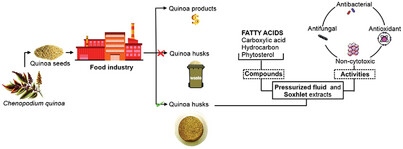
Extracted compounds from Chenopodium quinoa husk with different chemical profiles and biological activities were obtained by varying the ethanol concentration in the pressurized fluid or Soxhlet extraction process. These extracts showed antioxidant, antibacterial, and antifungal activities without hepatotoxicity. Thus, quinoa husk can be properly valued for its phytochemicals, specifically fatty acids, for food and pharmaceutical applications.




